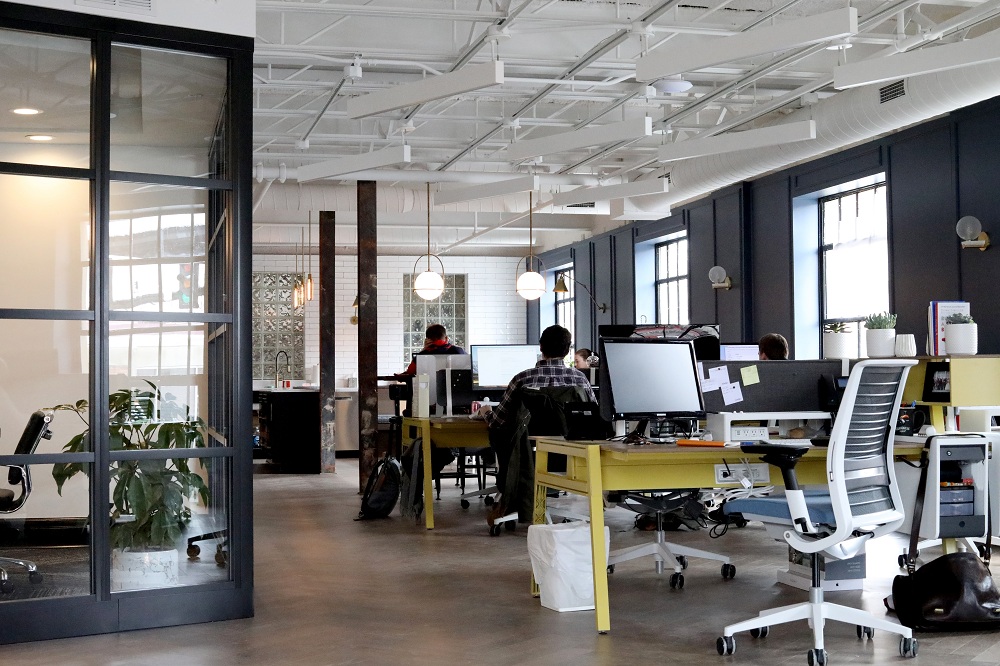


21 Nov 18
Enjoy the ideal temperature wherever you are
The changing seasons can pose a lot of difficulties when it comes to temperature control in buildings. Especially during the scorching summer months or the below-zero winters, it is tempting to use climate control all day, every day.
However, that is neither a financially nor environmentally sustainable solution. Unfortunately, occupants of a building, especially in offices, need to be at their ideal temperature, not only to feel comfortable but also to perform their tasks optimally.
But what is the ideal temperature? This is a question which divides opinion. Fortunately, with Airzone Control, there are a number of options which can help to ensure that everyone is satisfied.
Ideal temperature: more than just comfort
In an office environment, finding the ideal temperature is not just about comfort. Research at Cornell University[1] found, after a study of various office temperatures, that low temperatures (20°C) led to 44% more employee mistakes than when offices were at 25°C. The study suggests that in a cold environment, the body uses a lot of energy to keep warm and therefore less energy can be used to focus on the task. In other words, the body gets distracted.

However, it is not as simple as that. A further study in the Netherlands[2] has attempted to explain why when some men in the office are reaching for the air conditioning, some women are putting on a sweater. According to the paper, women feel the cold more easily and the sample test suggests that women are comfortable between 24 and 25°C - 2.5°C warmer than men.
There may also be some less scientific reasons for the different preference between men and women, too. While some women wear light dresses in August, some men are stuck in suits, for example.
Despite these variations, the fact is that temperature can affect productivity in the workplace. That is why progressive and innovative workplaces are focusing on more than just developing the best organizational policies. They are looking more into determining the ideal temperature.
The best solution to variable needs is undoubtedly a zoned HVAC system.
Maintaining the ideal temperature throughout a building
Before the arrival of zoned ducted air conditioning systems, a central air conditioner would cool the entire building, regardless of whether only one section needed cooling. The air conditioner was either off or on. There was no way of satisfying the temperature needs of different individuals in the same building.
By contrast, a zoned HVAC system enhances user control. This technology divides the building into zones, each with a different thermostat, bringing an end to the ‘thermostat wars’.
Users of Airzone Control can easily adjust the thermostat according to the needs of each zone. Depending on the thermostat interface chosen for the zone (Blueface, Think and Lite), users can easily switch modes and temperatures; set schedules; see temperature and humidity readings in real time; or employ Sleep or Eco-Adapt modes - all in six different languages.

The Internet of Things (IoT) is making this solution even more appealing, especially in the home, as Airzone control zoning system gives the chance of connecting to a smartphone or computer. Through the clean, elegant and intuitive Airzone Cloud app, the user can ensure that the HVAC system is operating for the benefit of everyone in the building from practically anywhere, Wi-Fi permitting.
Another benefit of a zoned system is that by only cooling or heating the necessary areas, unnecessary energy usage can be avoided, passing on savings to the end user. Larger homes save even more energy.
Consistent and ideal temperatures throughout the year
The accuracy and efficiency of a well-installed Airzone system is far superior to what conventional systems can offer. Improved technology, coupled with expert installations, can create an energy saving of up to 53 per cent compared to non-zoned systems, according to a study carried out by the University of Malaga (UMA)[3].
The result for the end user is a consistent temperature according to the preferences fed into the control panel. The user no longer has to worry about some sections of the building being typically colder during winter, while the rest is warmer. Multiple zones allow the colder rooms to be warmed to get the same consistency as the rest of the building. Everyone is happy.
Nowadays, achieving the ideal temperature across a whole building is no longer a fantasy. With a zoning system, huge energy savings can be made and everyone can be both more comfortable and more productive.